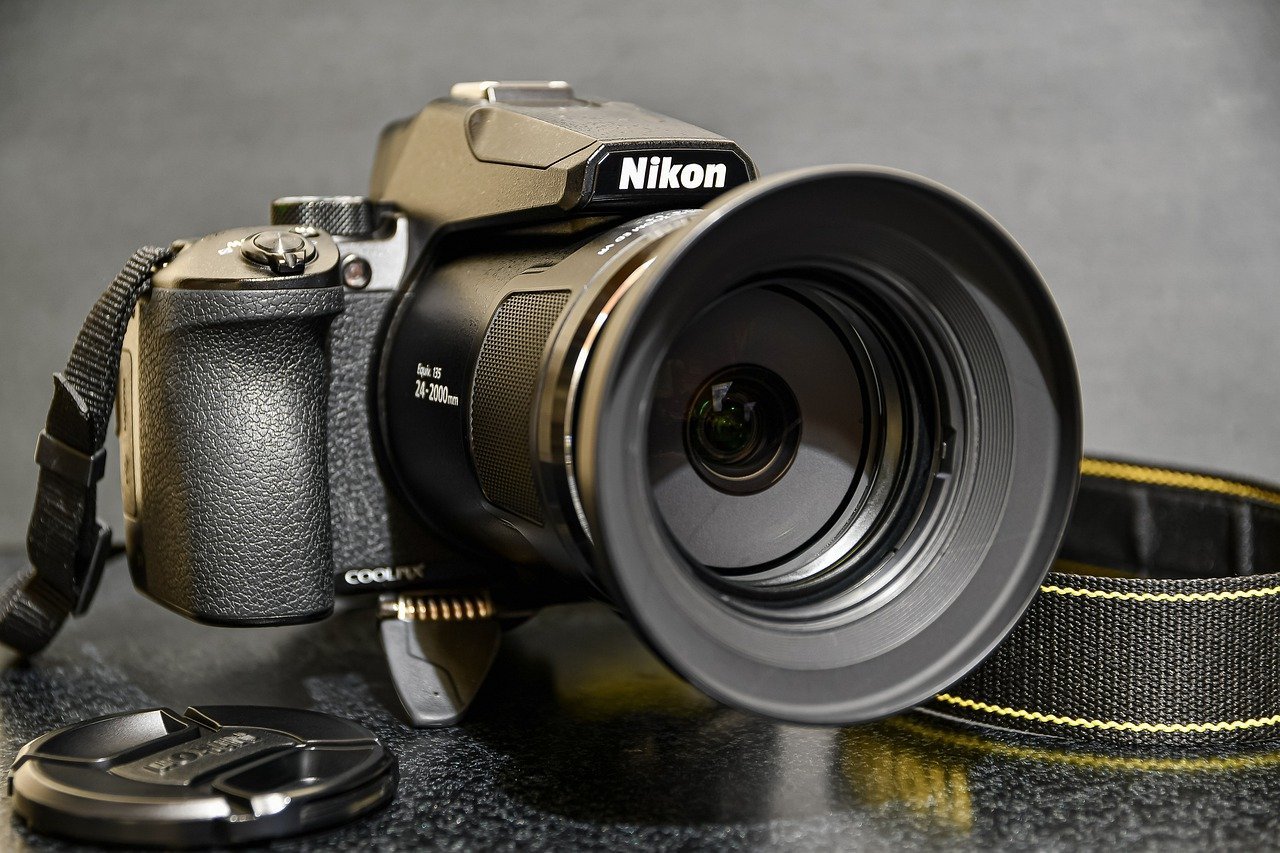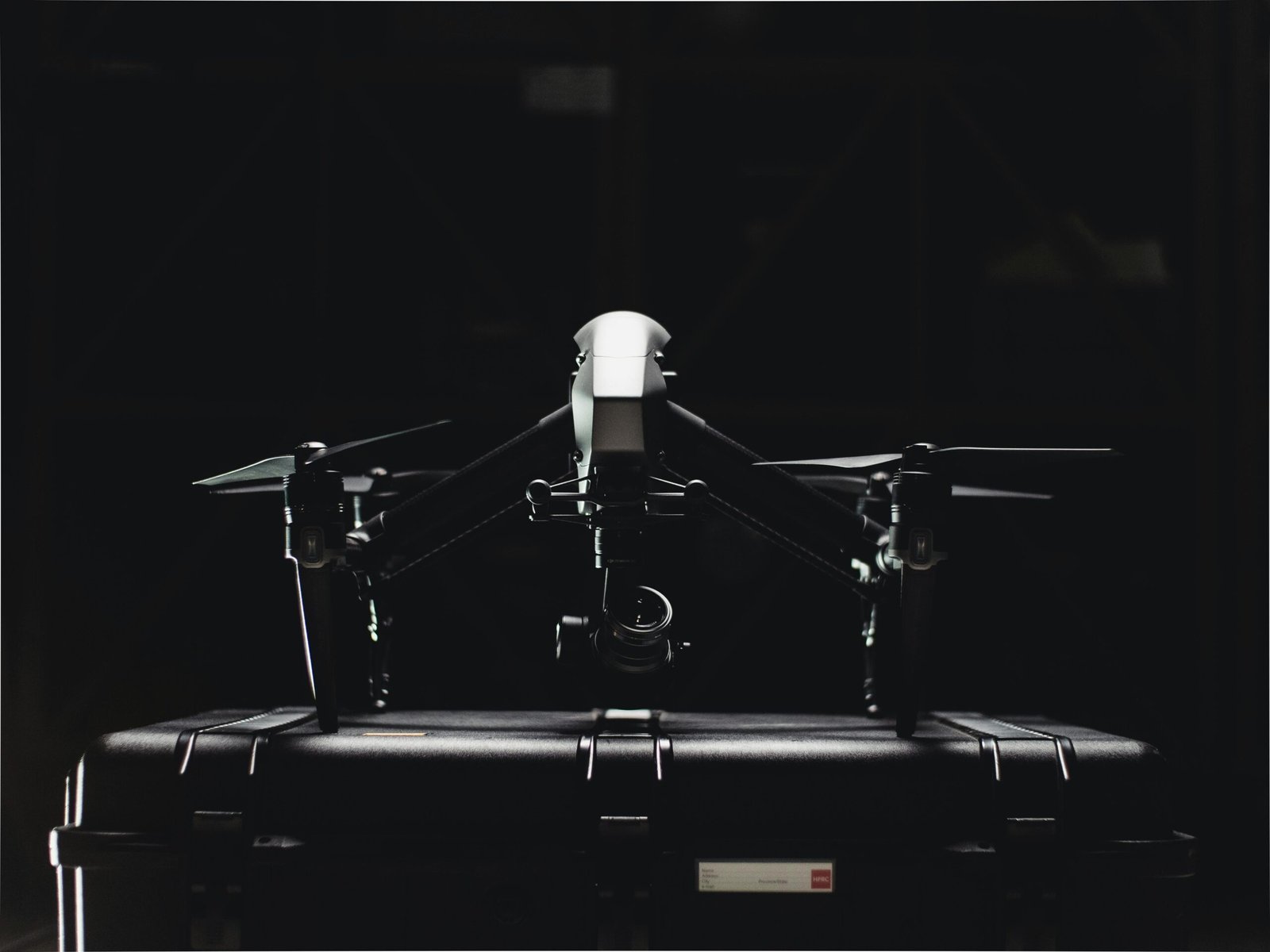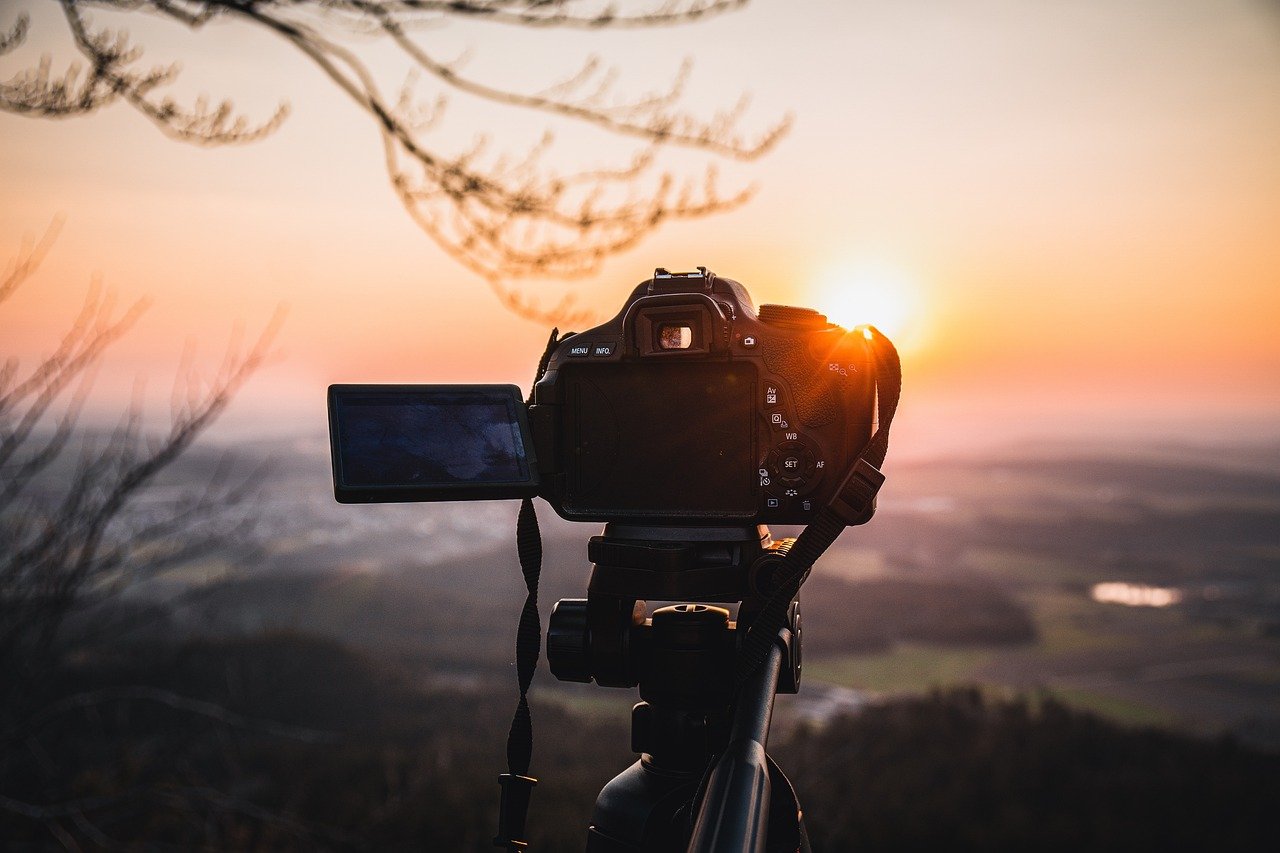Aerial Photography: Capturing the World from Above Aerial photography, also known as airborne imagery, is…
Photography Equipment: The Best Gear for Every Photographer
Photography is a blend of art and technology, and having the right equipment can make a huge difference in the quality of your work. Whether you’re a beginner or a professional, selecting the right photography gear is essential for capturing stunning photos. In this article, we’ll break down the best photography equipment for every level, from beginners to professionals, and explore what tools you need to excel in different styles of photography.
1. Essential Photography Equipment for Beginners
Starting out in photography can be overwhelming with all the choices out there. But don’t worry! Here’s the essential photography equipment you need to kick-start your journey into the world of photography.
1.1 DSLR vs Mirrorless: Which is Better for Beginners?
One of the first choices a budding photographer faces is deciding between a DSLR or a mirrorless camera. DSLRs have been the go-to for many years due to their battery life and rugged build, while mirrorless cameras are lighter and often more technologically advanced. Both are great options, but it comes down to what you prioritize—ease of use or cutting-edge technology?
- Pros of DSLR: Better battery life, more affordable lenses.
- Pros of Mirrorless: Lighter, faster autofocus, more compact design.
2. Intermediate Photographer Gear Upgrades
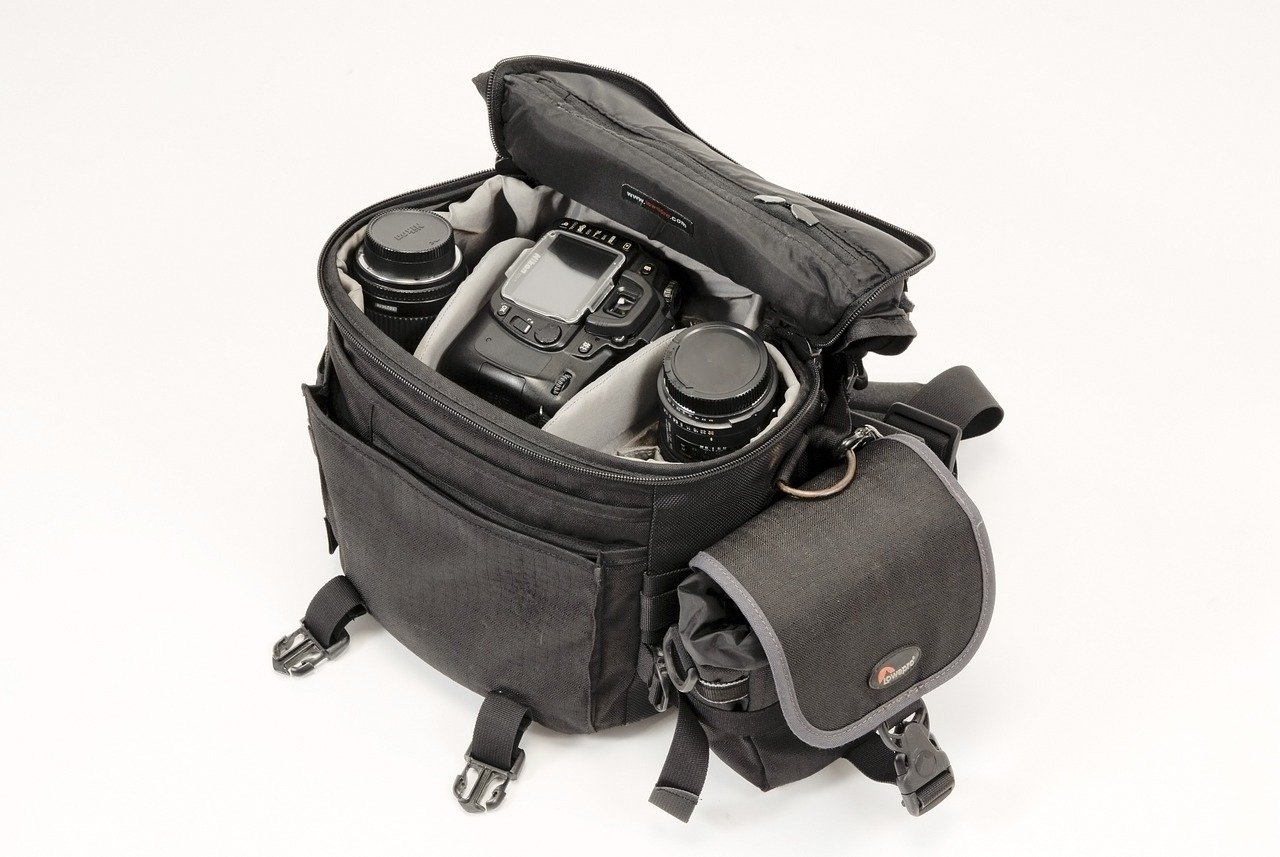
As you become more comfortable with your camera and basic skills, it’s time to start upgrading your gear. Here’s what you’ll need as an intermediate photographer.
2.1 Lenses for Intermediate Photographers
Upgrading from the kit lens is one of the first things intermediate photographers should do. Consider investing in a good prime lens like a 50mm for portraits or a wide-angle lens for landscapes. Prime lenses typically offer sharper images, while zoom lenses provide versatility in framing your shots.
2.2 Tripods and Stabilization Tools
A tripod is an essential tool for long exposure shots, landscape photography, and any situation where stability is crucial. A quality tripod can help eliminate camera shake, ensuring sharp images in low-light conditions.
3. Professional Photography Equipment
For seasoned photographers, advanced gear helps refine their craft and tackle more challenging projects. Here’s what you should consider.
3.1 Full-Frame vs Crop-Sensor Cameras
Full-frame cameras are typically preferred by professionals because of their superior image quality and performance in low-light settings. However, crop-sensor cameras are more affordable and still offer excellent performance for many professionals.
3.2 High-Quality Lenses for Professional Photography
Professional photographers often rely on high-quality lenses like the 24-70mm f/2.8 or 70-200mm f/2.8 for versatility and sharpness. These lenses provide superb image quality, fast apertures, and are versatile enough for various photography types, including portraits and sports.
4. Lighting Equipment for Photographers
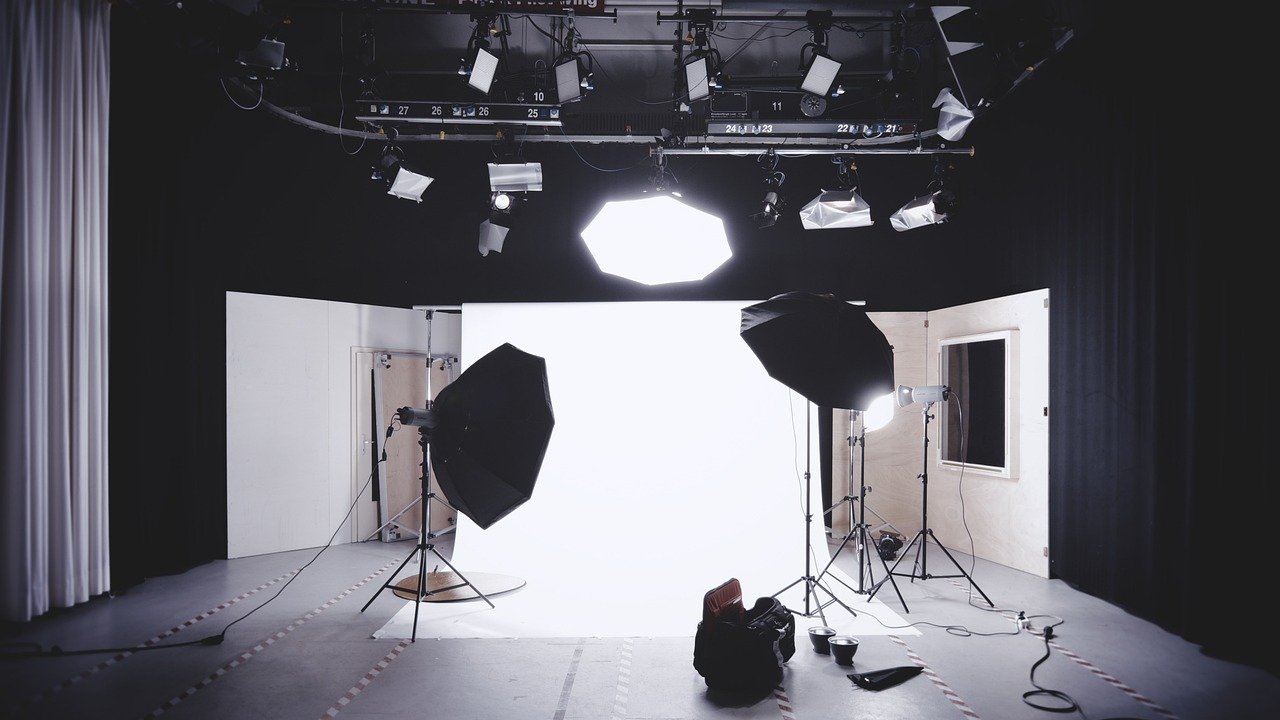
Lighting is everything in photography. Understanding how to manipulate and use different light sources can dramatically improve your images.
4.1 Natural vs Artificial Light
Natural light is free and accessible but inconsistent, while artificial lighting allows for full control. Outdoor photographers might rely more on natural light, while studio photographers often invest in softboxes, ring lights, or LED panels to control their environment.
4.2 Softboxes, Ring Lights, and LED Panels
Softboxes and ring lights provide soft, diffused lighting that eliminates harsh shadows—perfect for portraits. LED panels offer continuous, customizable lighting for video shoots and dynamic scenes.
5. Camera Accessories for Every Photographer
There’s more to photography than just a camera and lenses. These accessories are essential for every photographer.
5.1 Memory Cards and External Storage
High-quality memory cards are crucial for ensuring fast write speeds and ample storage during shoots. It’s also wise to invest in external storage like SSD drives for backing up your images.
5.2 Cleaning Kits for Camera Gear
Dust and dirt can degrade your images and even damage your camera. A basic cleaning kit, including a blower, lens cleaning cloth, and sensor swabs, will help you keep your gear in top condition.
6. Post-Processing Tools for Photographers
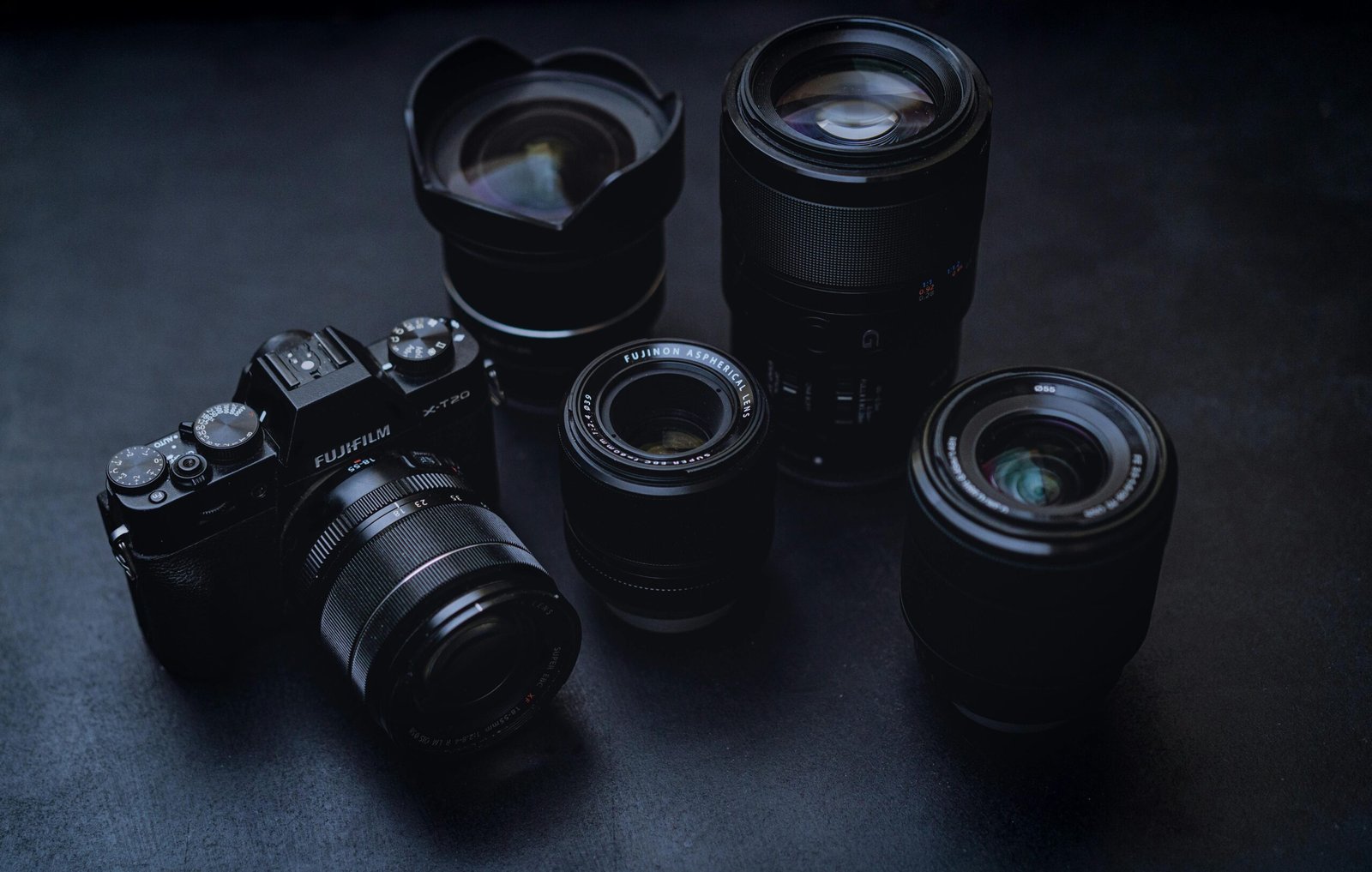
Editing is a critical part of photography. Even the best images benefit from some post-processing to enhance colors, sharpen details, or remove unwanted elements.
6.1 Adobe Lightroom vs Photoshop: Which is Better?
Adobe Lightroom is the go-to for organizing and batch-editing large numbers of photos. It’s perfect for photographers who need to streamline their workflow. Photoshop, on the other hand, is ideal for more intricate editing, including retouching and creating composites. Both have their strengths, but Lightroom is often preferred for its ease of use.
7. Budget-Friendly Photography Equipment
You don’t need to break the bank to get great photography gear. Many affordable options still provide excellent quality.
Look for budget brands that offer solid entry-level cameras, lenses, and accessories. Brands like Canon, Nikon, and Sony all offer budget lines without compromising too much on quality.
Conclusion
Choosing the right photography equipment can feel overwhelming, but knowing what to look for at each stage of your photography journey can make the process easier. From basic camera gear for beginners to professional-grade lenses and accessories, there’s something for everyone. The key is to invest in equipment that matches your current skills and future goals.
FAQs
1. What equipment do I need to start photography?
A camera, lens, tripod, and memory card are essential to start. For beginners, an entry-level DSLR or mirrorless camera is a good choice.
2. Is it worth investing in expensive lenses?
Yes, high-quality lenses provide better image sharpness, faster apertures, and better build quality, which all contribute to improved photos.
3. Should I choose a DSLR or mirrorless camera?
It depends on your needs. Mirrorless cameras are lighter and more compact, while DSLRs offer better battery life and a wider range of lenses.
4. What lighting equipment should I use for portraits?
Softboxes or ring lights are excellent choices for portraits as they provide soft, flattering lighting without harsh shadows.
5. How can I protect and maintain my camera gear?
Invest in cleaning kits, use a camera bag, and avoid changing lenses in dusty environments to keep your gear in good condition.

